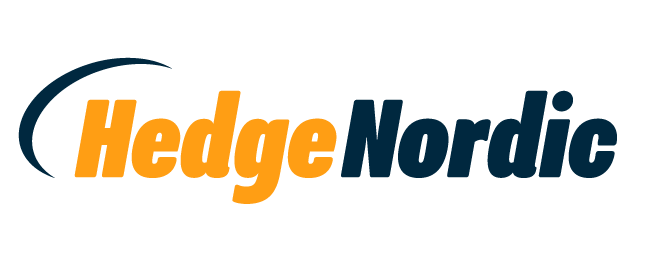Prenumeration
Stockholm (HedgeNordic) – A brainchild of the hedge fund boutique Nordic Cross, the rebranded Carnegie Credit Edge aims to provide exposure to the European high-yield bond market through the use of long-dated options. This approach not only limits the fund’s maximum loss to a small fraction of its assets under management in bad times but also ensures the prospect of solid returns from exposure to the high-yield bond market in good times. Having battled through the turbulence of 2022, Carnegie Credit Edge surged ahead in 2023 to book an advance of 19 percent, recovering from the 14.7 percent setback the previous year.
Carnegie Credit Edge gets exposure to the high-yield bond market by acquiring long-dated call options, serving as a cost-effective alternative for directional market exposure. The maximum loss, even in an extreme scenario, is capped at the premium paid on the option contracts. “The expected maximum loss in a worst-case scenario will be limited to the market value of the options portfolio, which is a small part of the assets under management,” explains Emil Nordström, a portfolio manager at Carnegie Fonder responsible for the fund’s options strategy.
More interestingly, “the allocation to the market will be inversely proportional to the realised volatility,” says Nordström. “During normal market conditions, the fund will provide high exposure (delta).” The options strategy’s efficiency in capital utilization leaves Carnegie Credit Edge with substantial cash reserves after paying options premiums, facilitating the construction of a liquid portfolio comprising highly rated bonds with low duration, thereby enhancing yield potential.
Reflecting on 2022
As 2022 commenced, Carnegie Credit Edge had exposure to the European high-yield market exceeding 200 percent. “Heightened fears of rising inflation and the start of the full-scale invasion of Ukraine triggered a sell-off in risky assets at the beginning of the year,” recalls Nordström. With the sharp increase in realised volatility, the fund’s high initial exposure decreased to around 30 percent. While the European high-yield market experienced a downturn of over 14 percent in the first half of 2022, Carnegie Credit Edge’s options portfolio incurred a loss of about 12.5 percent.
Simultaneously, the rapid increase in Swedish rates resulted in an additional negative return contribution of 1.4 percent from the portfolio of highly rated bonds. Throughout the remaining six months, the rise in Swedish rates persisted, leading to weak returns on the bond portfolio. Despite a slight recovery in the high-yield market, the conditions were suboptimal for the option strategy utilized by Credit Edge, resulting in almost zero portfolio returns. “The high-yield market recovered slightly, but in a volatile and choppy way,” explains Nordström. “For the option strategy that Credit Edge utilizes, these conditions are far from optimal.” The fund’s A share class ended 2022 down 14.7 percent net of fees, trailing the high-yield market by around 3.6 percent.
The Story of 2023
“The weak performance of the European high-yield market in 2022 reduced moneyness and market value, and at the beginning of 2023, the options portfolio made up less than 5 percent of the AUM,” Nordström explains the fund’s positioning going into 2023. However, as the high-yield market gained momentum, particularly in the final two months of 2023, the market value of the options portfolio increased to approximately 10 percent of assets under management. This significant shift contributed to the fund’s outstanding performance in December, marking its best month since inception in mid-2018 with a monthly gain of 10.5 percent. Carnegie Credit Edge concluded 2023 with a return of 19 percent.
Approximately three-quarters of this performance is attributed to the portfolio of options. “The strong performance of last year was indeed created by leverage from the options strategy but, at the same time, with a moderate risk gauged by the worst-case scenario outcome,” says Nordström. Throughout 2023, the fund held an average of 7.5 percent of assets under management in options, which represents the maximum potential loss in an extreme scenario. Carnegie Credit Edge’s use of long-dated options has not only shielded it from market turbulence in 2022 but propelled the fund to a 19 percent advance in 2023.

